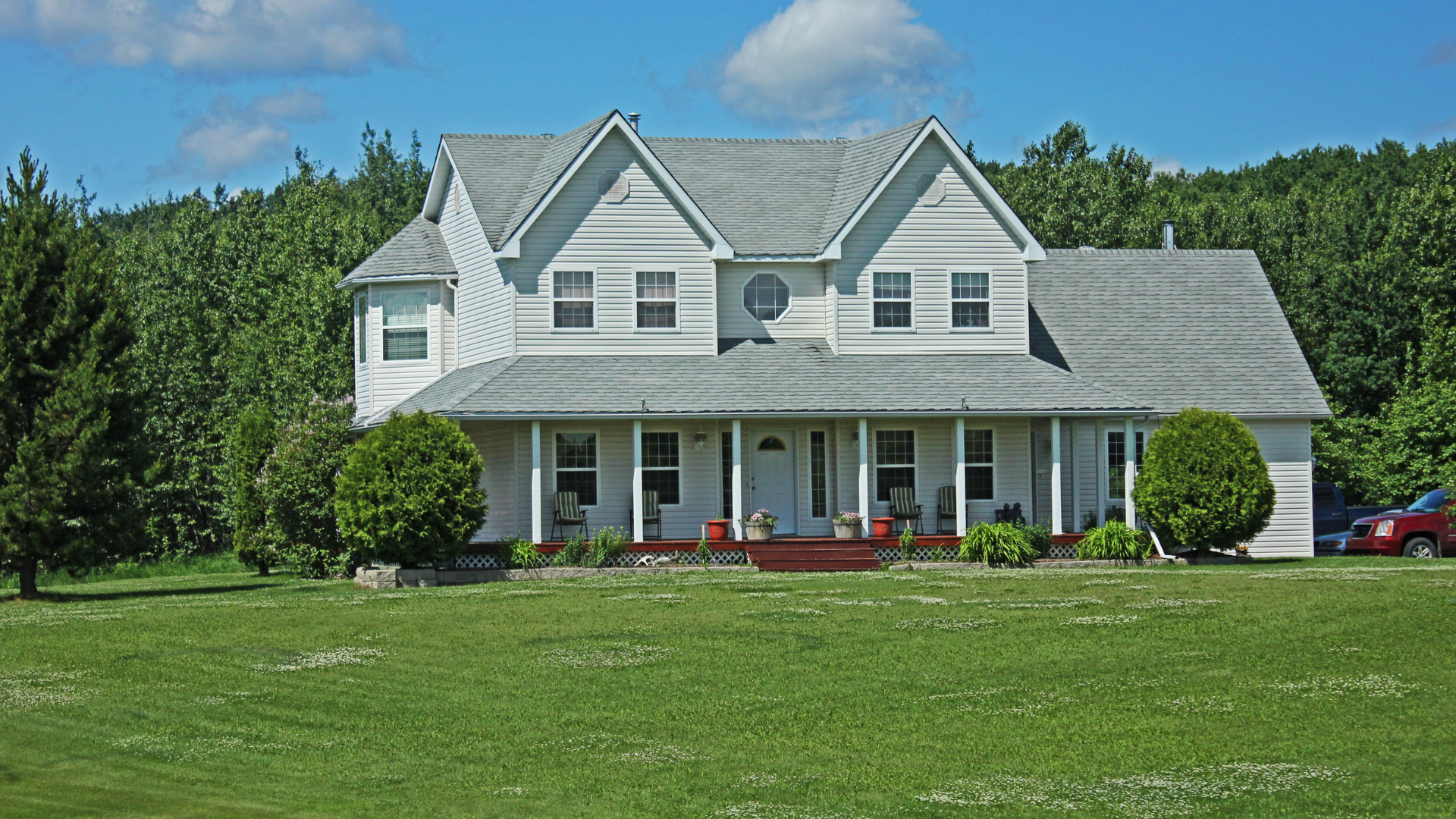Tax
Know How Principal Residence Exemption Can Bring Tax Savings on the Sale of a House
October 16, 2025

Buying a house is one of the biggest purchases an average household makes in their lifetime and selling it is equally big. You don’t want the proceeds from selling the principal house going into taxes, leaving you with not enough cash. The Canada Revenue Agency (CRA) offers Principal Residence Exemption (PRE) to give Canadians tax relief for selling the place where they live, or as the CRA says “ordinarily inhabited.”
How Does Principal Residence Exemption Work?
If you buy a house for $200,000 in 2000 and sell it for $700,000 in 2025 after all costs, you earn a capital gain of $500,000. According to the capital gains tax (CGT), 50% of this amount ($250,000) will be added to your 2025 taxable income and taxed as per the tax brackets you fall under. The tax bill could run into six figures.
But if you “ordinarily inhabited” the house throughout those 25 years, you pay no tax on the $500,000 capital gain under PRE.
Reduced capital gain exemption: There is a possibility that your PRE status on the house might change for a few years. For instance, you bought a house for $200,000 in 2000, got married and moved to your spouse’s house in 2020, and sold your house for $700,000 in 2025. In this scenario, the PRE applies to 20 years, and for the five years the house was not ordinarily inhabited by you, it would attract CGT.
Principal Residence for 20 out of 25 years = 80% exemptions
Exempt Capital Gain = 80% of $500,000 = $400,000.
Taxable Capital Gain = $500,000 – $400,000 = $100,000.
You will add $50,000 (50% of the taxable capital gain) to your 2025 taxable income as gain on sale of property.
Note that from January 1, 2026, the capital gain inclusion rate will change to 66.67% for capital gains above $250,000 for individuals.
Strict Rules Around Claiming Principal Residence Exemption
PRE can bring significant tax savings to the homeowner. Hence, the CRA keeps tightening the rules to ensure people do not misuse the exemption to evade taxes. It is difficult to cover all the rules in one article, but here are some of the most common things homeowners should know before claiming PRE.
Which Property Can Be a Principal Residence Exemption (PRE)
The property you want to claim as a principal residence should be a housing unit (houses, condos, cottages, and mobile homes), leasehold interest, or stock in a cooperative housing corporation. It should not exceed one-half hectare (roughly 1.2 acres). If you have a farm or a large land, the one-half hectare and the home could qualify for PRE, but for the remaining land, CGT will apply on the value appreciation.
One household (that includes spouse and children under 18) can only claim one principal residence per tax year. If you and your spouse both own a house, you have to determine which house you want to claim as your principal residence. While the obvious choice would be the one that has the highest average gain per year, it is better to consult a tax expert. Your intent to sell the house also plays a role, and the expert can guide you to what is a better option, looking at other factors that could affect the PRE claim.
Interpreting “Ordinarily Inhabited” in Different Scenarios
For a property to qualify for PRE in a tax year, you or someone in your household (spouse and children) should have “ordinarily inhabited” the house within the calendar year. The CRA has not specified the exact duration, which means even a vacation home like a lakeside cottage can be a PRE if you lived there for a week. You and your spouse and children could be living in separate houses and still meet the criteria of ordinarily inhabited.
If, for any reason, the CRA challenges your PRE, you will have to provide evidence that shows consistent and substantial ties to the residence. It can be documents that list the address of the property in question:
- Your ID where the address appears: driver’s license, provincial or territorial health-care card, vehicle registration
- House-related documents where your name appears: utility bills, property tax receipts, home insurance documents
- Daily routine documents: employment records, children’s school enrollment, or a history of local purchases
You don’t need these documents when filing tax returns but should keep them handy if the CRA asks for them. The CRA can come asking for documentary proof if the property was held for a short period and produced an income gain or a capital gain when sold.
Holding Period of the Property — A Key Eligibility For PRE
Since the ordinary inhabited rules are broad-based, there was a surge in house flipping where people would buy a home, stay in it for a few days, and sell it within months for a profit and buy a new one. To ensure PRE is not used for house flipping, the CRA introduced a new rule.
Starting January 1, 2023, capital gain on sale of a housing unit, including rental property, owned or held for less than 365 consecutive days, will be treated as business income and not capital gain. In capital gain, at least 50% gain is exempted. In business income, the entire gain will be taxed.
Exceptions: There are exceptions to house flipping rules. The CRA will allow a PRE claim if you sold the house in less than a year because of marriage or separation, insolvency, unemployment, relocation for work or education, serious disability or death, or destruction of property.
It is better to consult a tax expert, as exceptions can be tricky, and you need documentary proof that is acceptable by the CRA.
Change in the Use of Principal Residence
The CRA says that the principal residency should be for your living. You can stay there just for a few days and use it as an Airbnb for short-term stays while retaining the principal residency status. However, this status will automatically change if you solely use the house for renting, whether short-term or long-term. Because then, the “ordinarily inhabited” condition is not met, and property becomes an inventory used mainly to generate income.
When the status of your property changes to inventory, the CRA deems that you sold the property at fair market value (FMV) and reacquired it for renting. The FMV for that year is now the adjusted cost basis of your property. If you re-inhibit the property and later sell it as principal residence, the capital gain will be calculated on the adjusted cost base. You will have to pay tax for the years it was rented out.
Inform the CRA
In 2016, the CRA made it mandatory for homeowners to report the sale on Schedule 3 of the T1 Tax Return or pay a late-filing penalty of $100 per month, up to a maximum of $8,000, and risk losing the PRE.
Contact KSSP Partner LLP in Markham to Help You File Your Taxes and Stay Compliant
Property-related transactions are complex, and your situation might look similar but may have several other elements that need a professional eye. At KSSP Partners LLP, our accountants and tax experts will assist you with planning the sale of property in a tax-efficient manner and filing taxes accurately. If you want to find out more about how KSSP Partners LLP can give you trusted tax and accounting services, contact us online, or by telephone at 289-554-5997.

